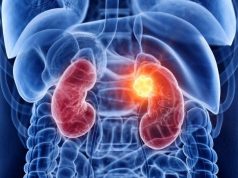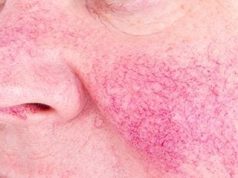Reduction in systolic blood pressure greater at week 12 with fixed-dose quadruple quarter-dose combo versus standard-dose monotherapy
MONDAY, Aug. 30, 2021 (HealthDay News) — For adults with hypertension, initial treatment with a single pill containing fixed-dose quadruple quarter-dose combination therapy achieves a greater reduction in systolic blood pressure compared with standard-dose monotherapy, according to a study published online Aug. 29 in The Lancet to coincide with the European Society of Cardiology Congress 2021: The Digital Experience, held virtually from Aug. 27 to 30.
Clara K. Chow, Ph.D., from the University of Sydney, and colleagues randomly assigned Australian adults with hypertension who were untreated or receiving monotherapy to treatment starting with the quadpill (ultra-low doses of irbesartan, amlodipine, indapamide, and bisoprolol) or an indistinguishable monotherapy (standard dose of irbesartan) (300 and 291 patients, respectively). Additional medications could be added in both groups if blood pressure was not at target.
The researchers found that by 12 weeks, 15 and 40 percent of patients in the intervention and active-control groups, respectively, had additional blood pressure medications added. Systolic blood pressure was 6.9 mm Hg lower in the intervention group and blood pressure control rates were higher (76 versus 58 percent; relative risk, 1.30). There was no difference seen in adverse event-related treatment withdrawals at 12 weeks between the groups.
“This new paradigm holds promise for achieving better blood pressure control for people with hypertension around the world,” the authors write.
Several authors disclosed financial ties to the pharmaceutical industry.
Abstract/Full Text (subscription or payment may be required)
Copyright © 2021 HealthDay. All rights reserved.








